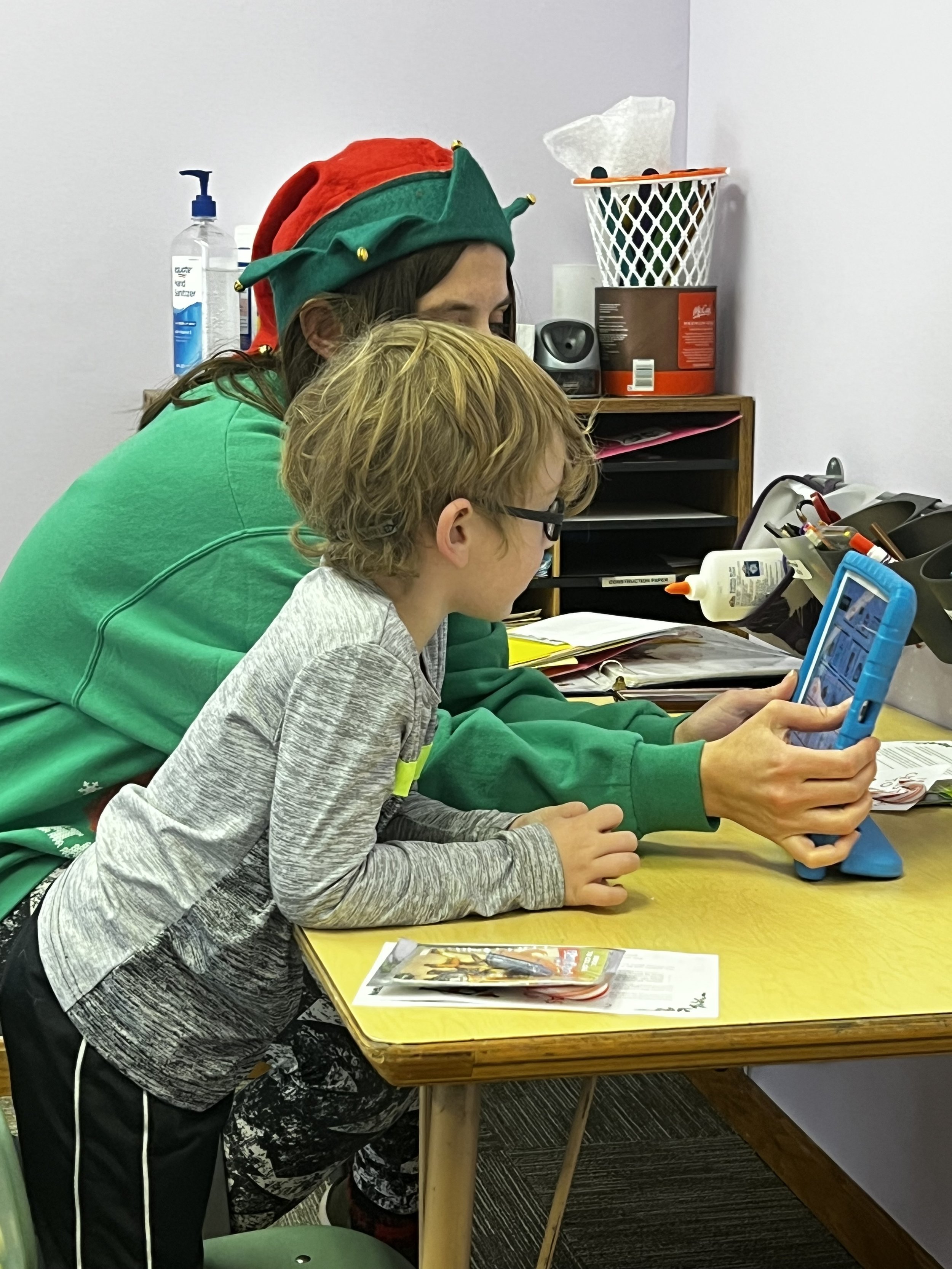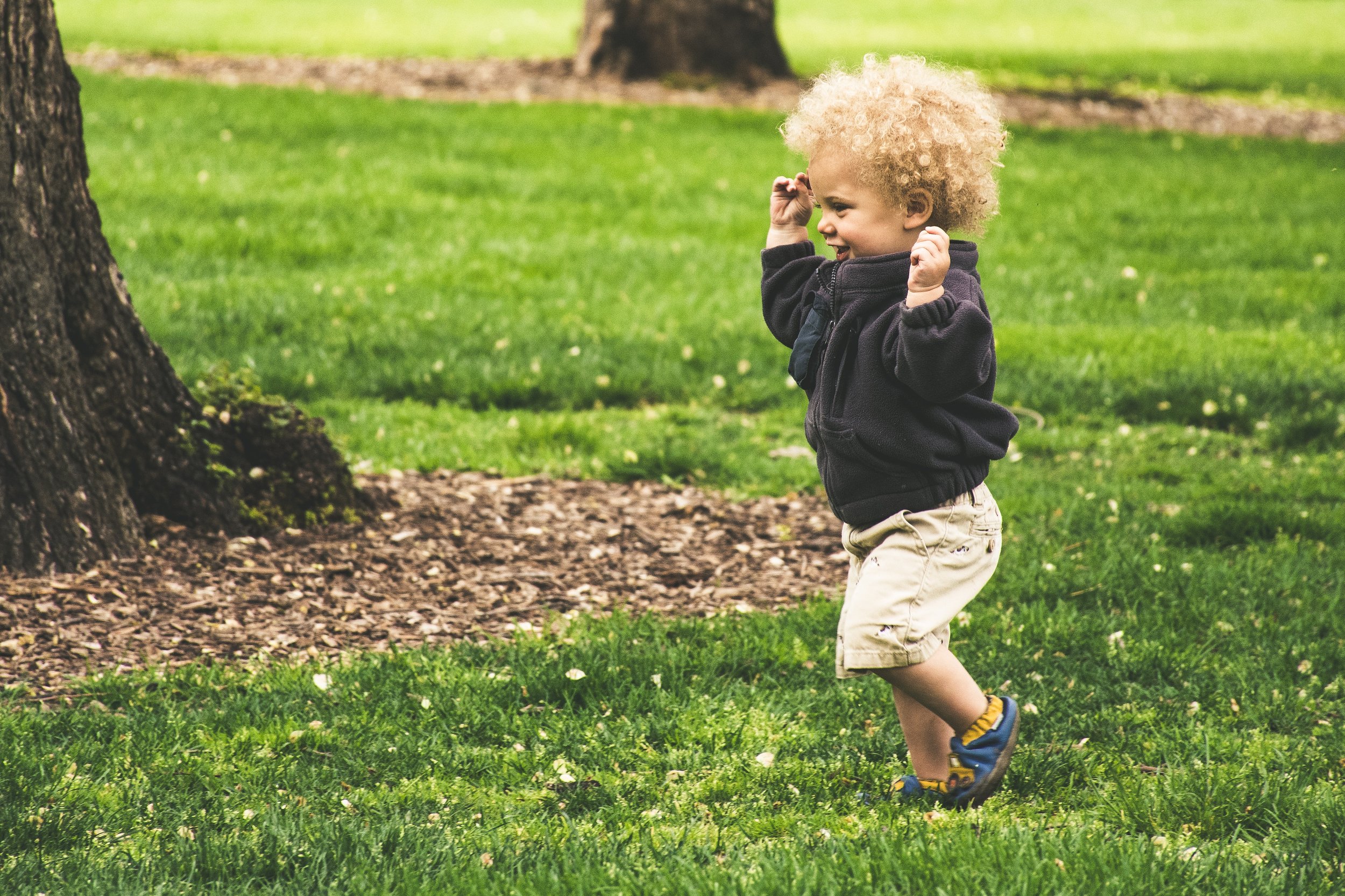
Take Speech Outside!
Summer time is one of my favorite times of the year! With having littles, going outside and playing is super fun and exciting and is an easy way to incorporate some speech skills. My kids love exploring and just being outside.

What is Pragmatic Language?
Pragmatic language refers to how we use language in social situations to communicate effectively. It involves the words we use and our tone of voice, body language, and understanding of social cues. It also includes turn-taking, staying on topic, understanding and using nonverbal cues, and adjusting language based on the listener and situation. For many children, learning to use pragmatic language can be challenging, and speech therapy can be a helpful tool in developing these skills.

Collaboration Between School Speech Therapists and General Education Teachers
Collaboration between school speech-language pathologists (SLPs) and general education teachers is crucial for the success of students with communication disorders. By working together, SLPs and teachers can create a more supportive learning environment and help students reach their full potential.

In-School versus Outpatient Speech Therapy
Speech therapy can occur in different settings, including in-school and outpatient or clinic settings. In-school services and outpatient services are available, however they will need to qualify. There is a different process to qualify for in-school speech services and outpatient services. In some cases, children may qualify for both in-school and outpatient services. Here are some key differences between these two types of services and when each may be appropriate.

Aided Communication
Aided language modeling or stimulation is a language intervention technique that uses augmentative and alternative communication (AAC) devices to facilitate communication in children with limited or no functional communication. SLPs can use this aided communication technique in therapy, or parents can implement this in day-to-day life. Aided communication is demonstrated in context to present an augmented interaction model using the AAC device as the main mode of communication for the child.

What are AAC devices?
AAC devices, or Augmentative and Alternative Communication devices, help individuals with difficulty communicating verbally. Children who struggle with verbal communication can include children with speech and language disorders, as well as those with physical disabilities that affect their ability to speak.

More Games to Boost Executive Function Skills
Executive function skills refer to a set of cognitive processes that help us manage our thoughts and actions effectively. These skills are essential for success in school, work, and life in general. Fortunately, there are many fun and engaging games that can help develop executive function skills

Toys For Learning Speech
A frequent question we get is what toys will help my child learn language? The good news is that many toys can be utilized for encouraging language development!

Working with Teachers as an In-School Therapist
Communication and collaboration may seem complicated, as therapists and teachers may be busy and overwhelmed. Communication and collaboration can become even more complicated when a therapist treats in multiple schools. However, working with teachers inside and outside the classroom should be considered part of a child's treatment and a crucial one at that.

Snowman Craft
What better way to prep for the holidays than by sitting down and doing a craft together as a family? This craft is not only adorable, it also targets some key fine motor skills! Enjoy this fun winter or Christmas craft with your family this weekend.

Fun Christmas Activities for Your Kids
Christmas time is coming up fast, and keeping the kids busy can be exhausting for many parents. The ideas listed below are very easy things to do to keep your kids busy and occupied while having fun; all the while, we parents can get what needs to be done, done. Of course, feel free to join your child in these activities. They will love it, or set them up and let them go!

Sensory Processing Around the Holidays
Christmas is a time of joy, family, friends, presents, beautiful lights, decorations, crafts, holiday gatherings, and more! However, this season can be challenging if your child struggles with sensory processing. Taking time to prepare for an accommodate these sensory issues can make the holidays for enjoyable for both you and your child. Keep reading to discover how to help your child have the best Christmas!

Christmas Gift Guide
Christmas is around the corner and gift buying for your little ones can be tricky.Instead of asking yourself “What do I get my kid” this year, let me help you! I put together a list of my favorite toys as a speech language pathologist that can promote language with your help of course. On the list I put together, you will notice a theme of hardly any electronic toys! This is important. Children need social interactions with others and not with their toys to build their language skills. Being present and playing with these toys with your child is super important.

Utilizing the Complexity Approach in Speech Therapy
The complexity approach is a method of choosing treatment targets to make therapy more efficient by promoting system-wide change or phonological learning on a broader scale. It is used to treat phonological disorders.

Phonology and Phonological Disorders
Speech therapy deals with speech sound disorders, an umbrella term for many speech issues, including phonological and articulation disorders. We’ve already discussed the importance of articulation, but what is the difference between articulation and phonology? Keep reading to find out!

The Intensity of Treatment for Articulation
The intensity of treatment is an essential aspect of pediatric speech therapy. A child may be unable to handle long treatment sessions many days in a row. This post pulls evidence-based research as to how the intensity of treatment is recommended to be handled.

What If My Child Has Trouble with Articulation?
Articulation is an integral part of speech as it allows us to create clear, understandable sounds that form words, which then make up speech. It will enable us to communicate.

Gesture Milestones as an Indicator of Language Development
Gestures are a precursor to speech and language, so looking at a child's gesture development is a good indicator of how a child’s speech and language will develop. If a child is not reaching typical gesture milestones, early intervention is crucial to help facilitate development.

What are the Important Gesture Milestones for Your Child?
Gestures are one of the earliest forms of communication. They are a good indication of how your child’s language will develop.
Your child learns gestures by watching you and your reactions. The earliest gestures serve as a way to get attention and communicate the child’s needs. Gestures are what lay the foundation for language development.

Sensory Play and Sensory Bins
We’ve talked a bit about sensory regulation, how it works, and why it is essential. So, how can you expose your child to different sensory experiences and stimuli? Through sensory play! Sensory bins are a great activity for your child to participate in sensory play.
